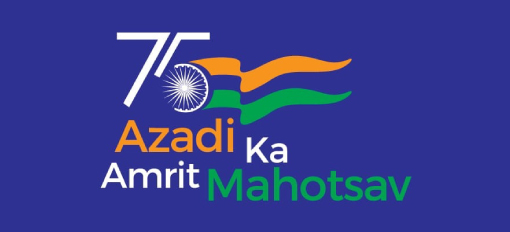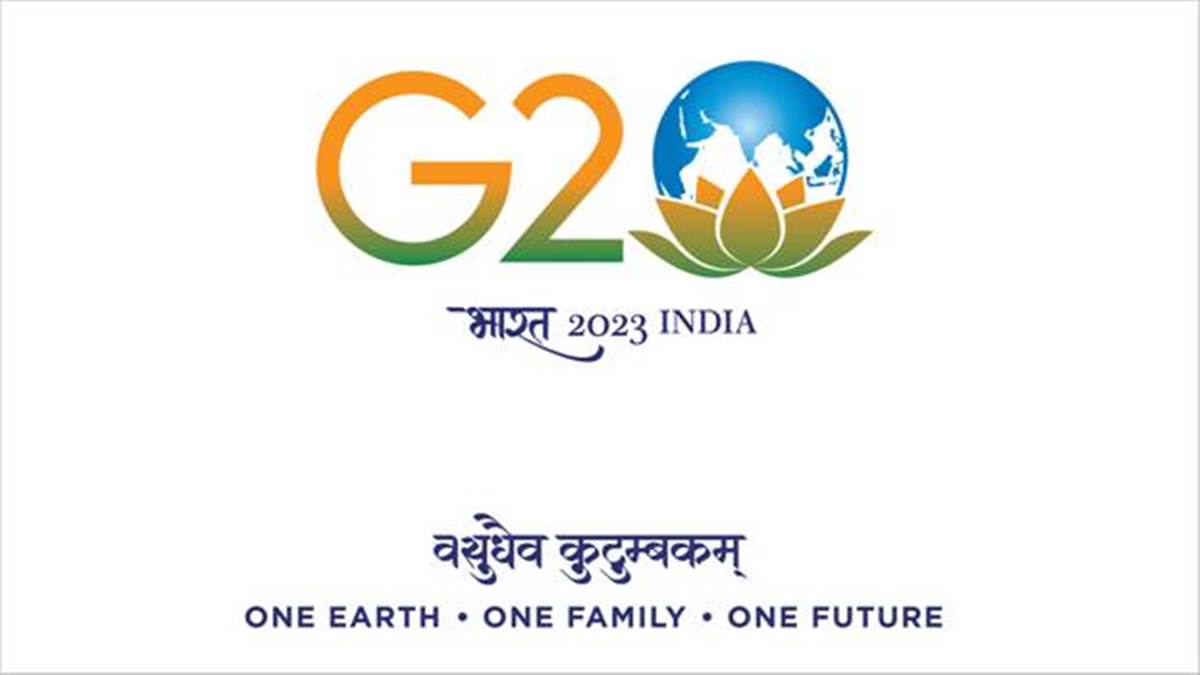Reviving Heritage: NEHHDC rekindles the Lampas Weaving Technique from the Days of Mahapurush Shankar Dev
In a momentous effort to preserve and celebrate National Handloom Day, North Eastern Handicrafts and Handloom Development Corporation (NEHHDC) has embarked on a remarkable journey to revive the centuries-old Lampas weaving technique. Lampas weaving technique is an ancient and intricate art form that holds a significant place in the rich tapestry of cultural heritage. Rooted in the historical traditions of Assam, this remarkable weaving method has been passed down through generations, embodying the spirit of craftsmanship and artistry. What sets lampas apart is its complex interplay of two sets of wefts, which enables the creation of intricate patterns and designs, often with multiple colours within a single row. The technique's association with the revered Shankar Dev and the enchanting Vrindavani Vastra adds to its allure and mystique. Vrindavani Vastra was a Lampas textile, an exquisite and revered textile that holds a special place in the cultural heritage of Assam.
Steeped in mythology and spirituality, this traditional fabric is associated with the legendary saint and playwriter, Shankar Dev. Vrindavani Vastra gets its name from the idyllic "Vrindavan," the divine abode of Lord Krishna, which it beautifully portrays through its intricate weaving. Crafted using the labour-intensive lampas technique, this fabric mesmerizes with its vibrant colours, delicate patterns, and captivating motifs that depict scenes from Lord Krishna's life. Vrindavani Vastra holds immense religious significance and is often used as an offering in temples and during religious ceremonies. Beyond its spiritual allure, this textile is also revered for its exceptional artistry, showcasing the mastery of skilled weavers who pass down their craft from one generation to the next. As a symbol of devotion, cultural heritage, and artistic excellence, Vrindavani Vastra stands as a timeless treasure that continues to enthral and inspire art enthusiasts and devotees alike.
The Technique - A Forgotten Art
Lampas weaving, once an integral part of Assam's vibrant cultural fabric, faded into oblivion over the years as modernization and globalization took over the textile industry.
The lampas technique stands out for its complex interplay of weaving two sets of wefts, resulting in an intricate and vivid tapestry of patterns. Unlike most other weaving methods, lampas allows for the use of multiple weft colours within a single row, thereby creating stunning, multi-hued designs that hold deep cultural and religious significance.
The Resurgence of Lampas Weaving
With the mission to resurrect this time-honoured art form, NEHHDC is bringing back Lampas weaving at its weaving centre in Garchuk, Guwahati that holds the potential to revitalize an entire community of artisans whose skills had been relegated to the shadows of history.
With the expertise of the master weaver of Saham Ali who still hold vestiges of this technique's knowledge, NEHHDC has embarked on an intensive research and training program. These efforts ensure the preservation of traditional designs and the development of new contemporary patterns, suitable for modern tastes while respecting the essence of Assamese culture.
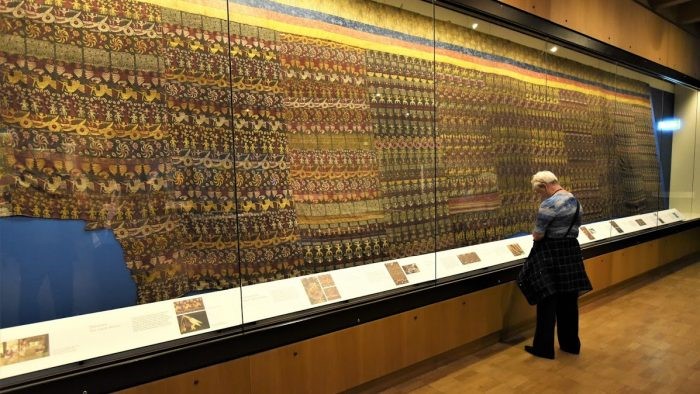
The presence of Vrindavani Vastra in the British Museum serves as a powerful reminder of the need to preserve and protect cultural artifacts for future generations. It highlights the importance of promoting cultural understanding and the value of repatriation efforts to reunite such artifacts with their places of origin.
The Process
Setting up the Loom : The weaving process begins by setting up the loom, which consists of a frame that holds the warp threads under tension.
Creating the Base Fabric: where the weaver starts by weaving the base fabric using a simple, plain or twill weave. This forms the foundation or base on which the decorative patterns will be added.
Adding the Extra Weft Threads where the weaver adds extra weft threads, which will create the decorative patterns.
Picking Technique : The weaver uses a special picking technique to insert the extra weft threads where the design requires them. The weaver uses a small hand-held shuttle, a hooked needle, or other tools to pass the extra weft threads through the shed (the opening created by lifting some of the warp threads).
Beating : After each pick, the weaver beats the weft threads into place with a tool called a beater. This ensures that the threads are evenly packed and that the patterns are well-defined.
Finishing: After the desired pattern is complete, the weaver continues to weave the base fabric until the desired length is achieved. The fabric is then taken off the loom, and any finishing processes, such as cutting off or releasing from loom and stitching.
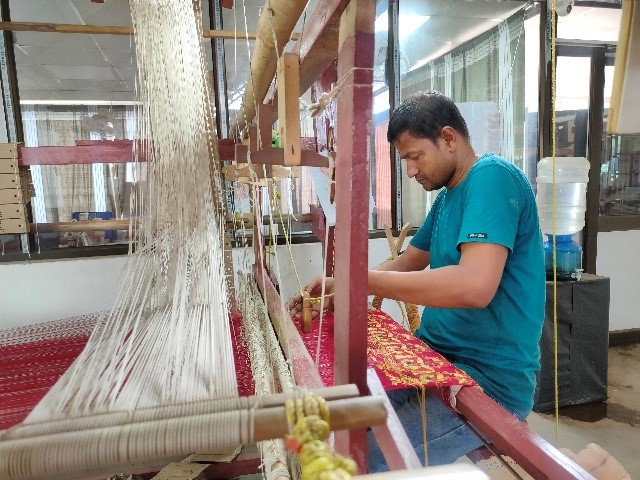
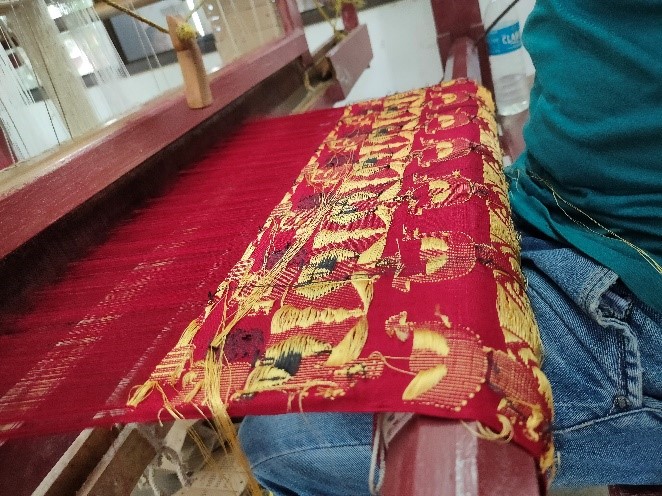
Master Weaver Saham Ali Weaving Lampas in the Handloom unit of NEHHDC at Garchuk

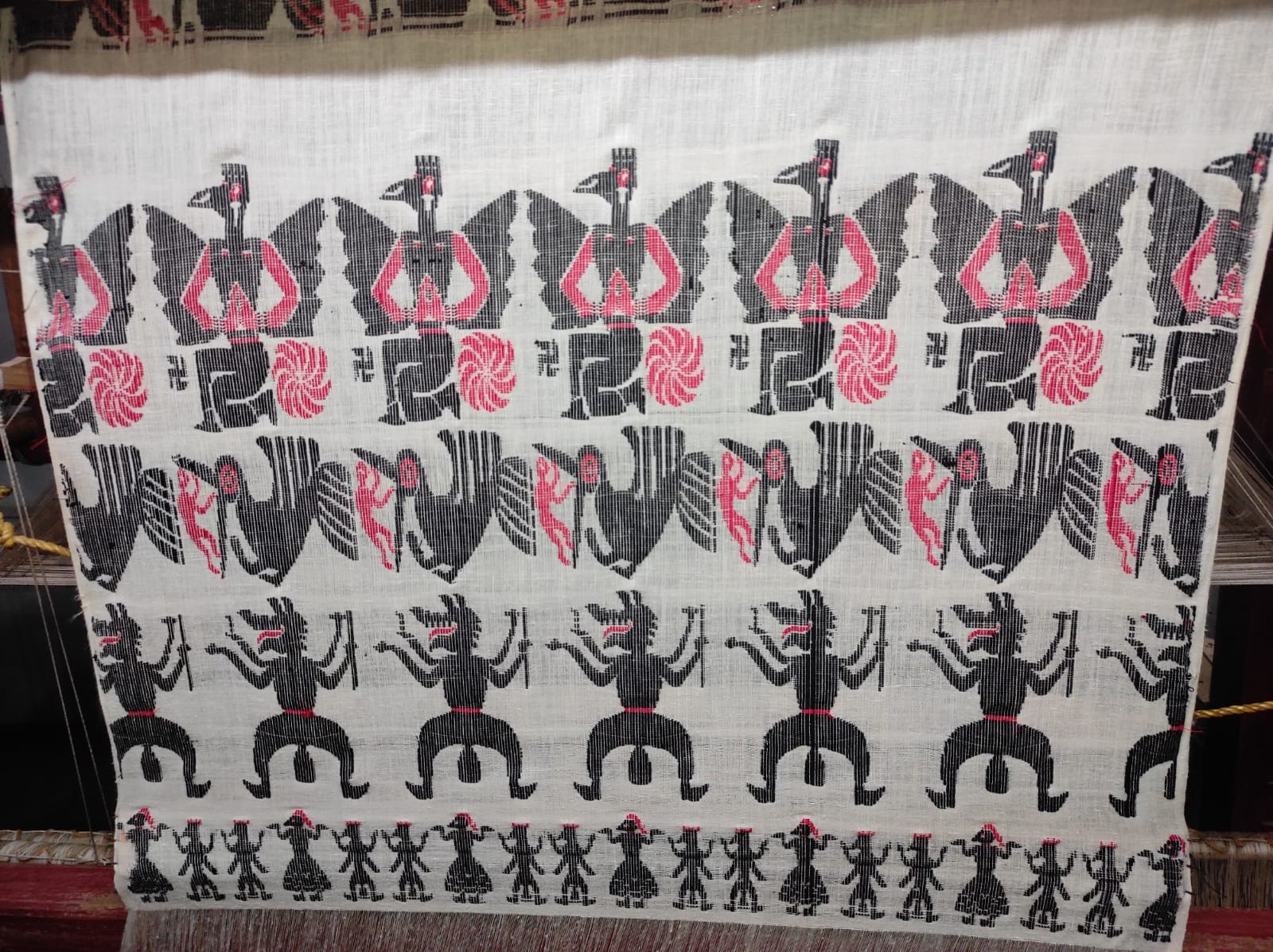
NEHHDC has undertaken this challenge to breathe new life into the forgotten art of Lampas weaving and empower local weavers in Assam. Recognizing the historical significance of this intricate technique and its association with Vrindavani Vastra, NEHHDC is determined to bring back the required skills to the hands of skilled artisans. Through a comprehensive training program and collaborations with experienced master weavers, NEHHDC aims to revive the craftsmanship required for Lampas weaving.
The Corporation's vision extends beyond just preserving tradition; it strives to create a sustainable ecosystem that will support local weavers and propel them towards economic prosperity. By introducing a new collection of textiles woven with Lampas techniques, NEHHDC seeks to showcase the artistry of these weavers to a broader audience. The meticulously woven fabrics, infused with vibrant colours and timeless patterns, will celebrate the cultural heritage of Assam and evoke a sense of pride among the weavers in their craft.








